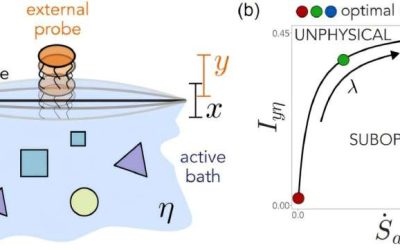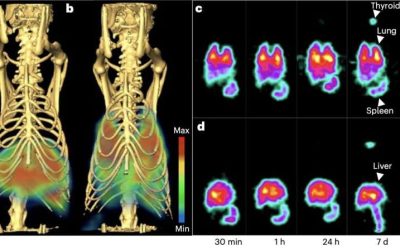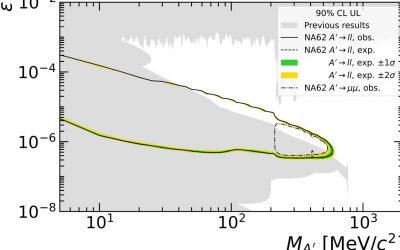Chirality is a property of some molecules, subatomic particles, living organisms and other physical or biological systems. This property entails a lack of mirror symmetry in these systems' underlying structures.
PHYS.ORG
Researchers demonstrate universal control of a quantum dot-based system with four singlet-triplet qubits
Being able to precisely manipulate interacting spins in quantum systems is of key importance for the development of reliable and highly performing quantum computers. This has proven to be particularly challenging for nanoscale systems with many spins that are based on...
Quasiperiodicity changes the ground-state properties of 1D narrow-band moiré systems, study demonstrates
Moiré materials, such as twisted bilayer graphene, are materials generally formed by stacking two or more layers of 2D materials on top of each other with a small lattice mismatch. This slight mismatch creates a unique pattern known as the moiré pattern, which is...
Theoretical framework could improve data gathering in biological systems
To effectively adapt to change, living organisms rely on their ability to rapidly detect and process sensory information in their surroundings. The sensory information available at a given time continuously changes, which means that it can typically only be observed...
Mesoporous MoS₂ strategy boosts efficiency and stability of perovskite solar cells
The efficiency and performance of photovoltaics (PVs) have improved significantly over the past decades, which has led to an increase in the adoption of solar technologies. To further enhance the performance of solar cells, energy researchers worldwide have been...
Study gathers strong evidence of the doubly magic nature of ¹⁰⁰Sn
Recent experiments at CERN have shed new light on the nuclear properties of atomic nuclei (i.e., the central regions of atoms accounting for most of their mass). A key objective of recent research into atomic nuclei has been to better understand the properties of...
Experiments demonstrate precise delivery of nanoparticles to lung via caveolae pumping system
In recent years, bio-medical engineers have been developing promising techniques that could help diagnose diseases or precisely target specific regions inside the human body. Among these promising therapeutic strategies are methods that rely on the use of...
Study observes a phase transition in magic of a quantum system with random circuits
In the context of quantum mechanics and information, "magic" is a key property of quantum states that describes the extent to which they deviate from so-called stabilizer states. Stabilizer states are a class of states that can be effectively simulated on classical...
Search results for dark photon leptonic decays manage to exclude new regions
Dark photons are hypothetical particles that resemble light particles (i.e., photons), but interact weakly with normal matter, which would make them impossible or very difficult to detect using conventional experimental methods. These particles are dark matter...
Promising triazole molecular catalyst enables efficient electroreduction of carbon dioxide to methane
The efficient conversion of carbon dioxide (CO2)—one of the main compounds contributing to climate change—into useful fuels and chemicals is a long sought-after research goal. Recent studies have introduced various catalysts that could be used to initiate the...










